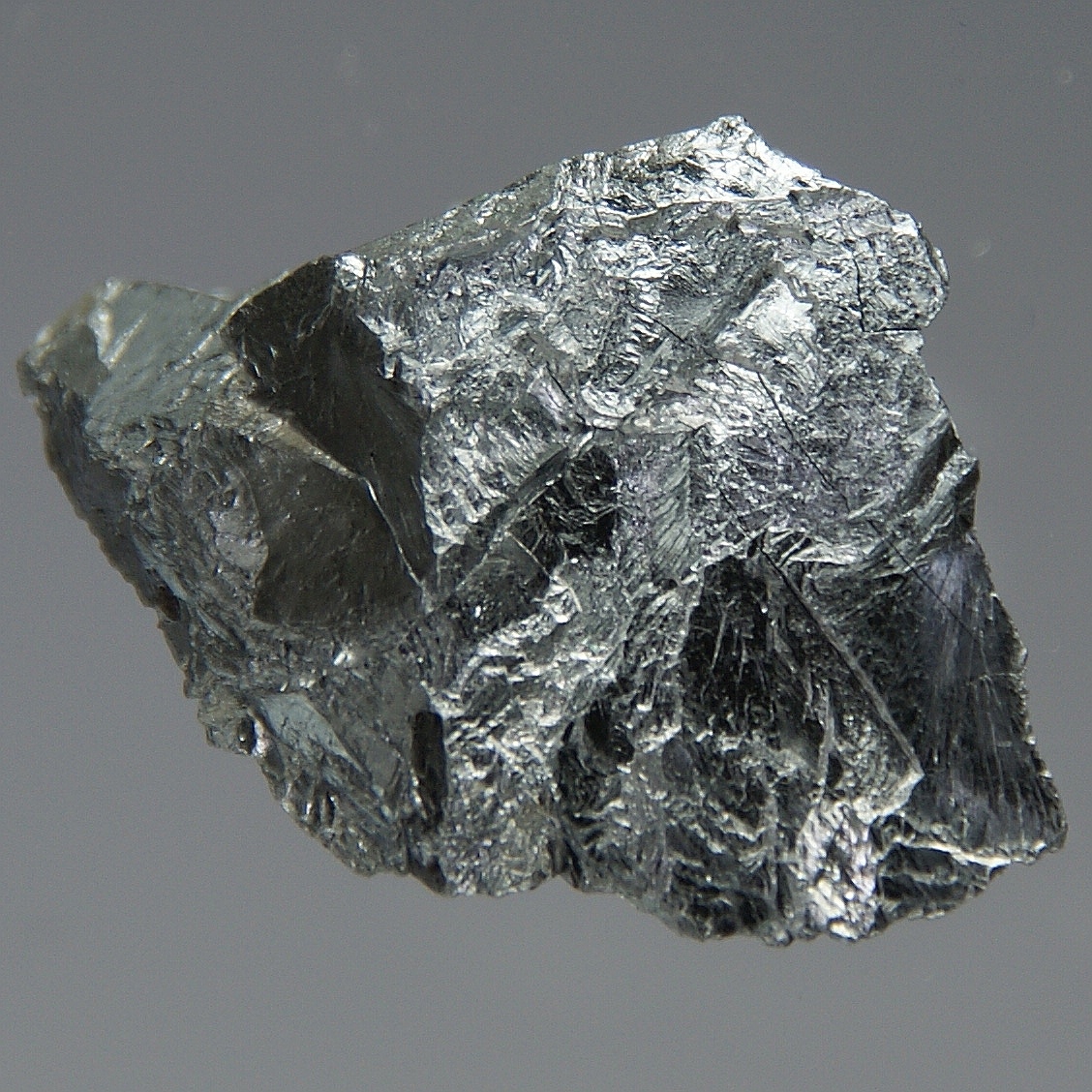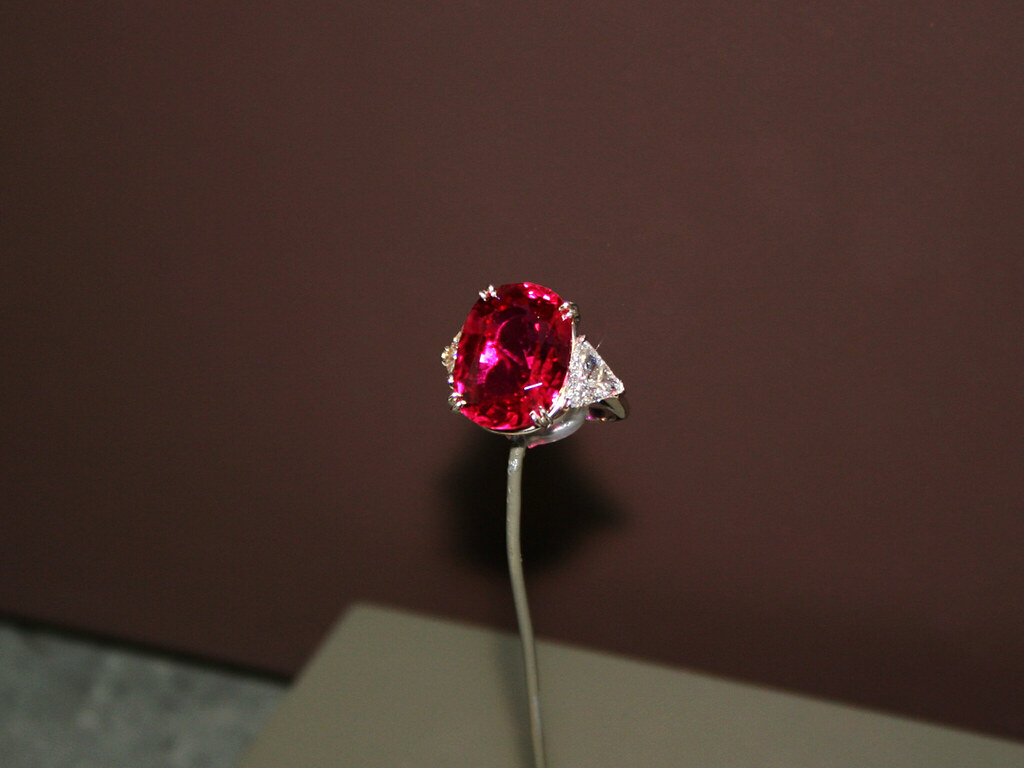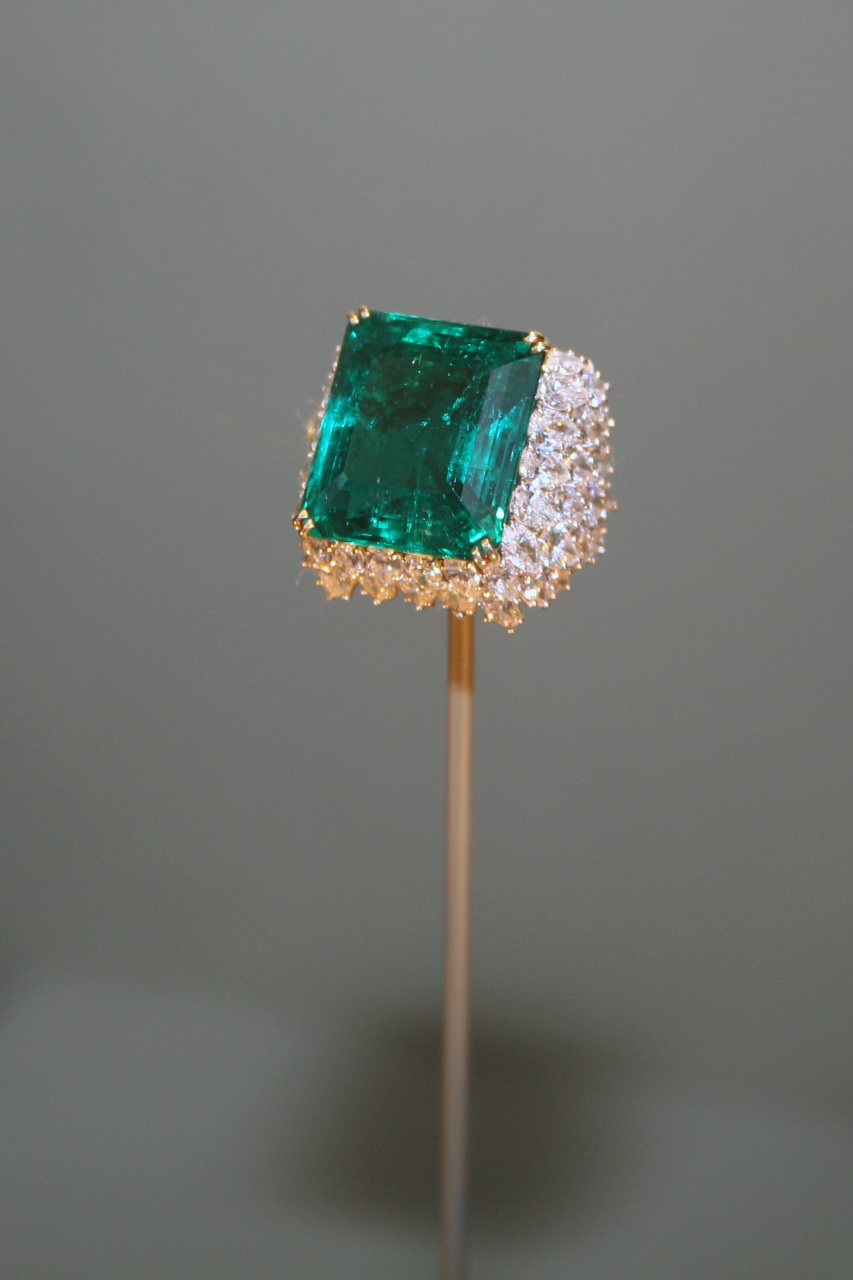


Clockwise from top left: old car bumpers used to be made from chromium plated (from Pixabay), chromium as it appears in the periodic table, a nice shiny grey chromium fragment (from Wikimedia Commons).
Google is so into promoting its own products that I had to search “chromium element” in images to avoid all the logos for the very browser I was using! Anyway, chromium the element is one of the understated metals, with most people having heard of it when referring to cars from the 60s. But the reality of chromium is a little more colourful…
In nature chromium is usually found in mineral form, for example as chromite (iron chromium oxide) or crocoite (lead chromate). The discovery of chromium as a new element is credited to frenchman Nicholas Louis Vauquelin, who in 1798 took some crocoite (which he called Siberian red lead), dissolved it in acid and separated the lead out to leave a liquor containing chromium. His continued work on chromium found that its various compounds would have a variety of bright colours, which resulted in him naming it chromium, using the Ancient Greek “chroma” meaning “colour”.

These various colours of chromium are due to what are called oxidation states. Oxidation states for an element are effectively the typical ions that can exist for an atom based on what electrons it is willing to donate to or accept from others. What oxidation states exist for specific atoms vary according to the energy required for removing or adding electrons. For example, sodium for a large majority of the time really likes donating its outer electron, meaning the sodium ion is almost always Na+. Therefore sodium can have an oxidation state of 0 (just a sodium atom) or +1 (sodium ion). The thing with chromium and other transition metals like iron, cobalt and copper is that they often can have a larger number of oxidation states as the electron energies in their outer shells are more complicated. Additionally, these multiple oxidation states with differing electron structures will absorb and reflect light differently, resulting in different oxidation states having vastly differing colours. The bottom line of all this is that the most common chromium oxidation states (+2, +3 and +6) can have a variety of brilliant colours including blue, green, ruby red, yellow, orange and purple.

These fancy colours mean that chromium is a popular element to jewellers. The mineral corundum are crystals of aluminium oxide, which when coloured red with chromium 3+ ions go by the common name rubies. The beryllium mineral beryl can be coloured greem by small amounts of chromium 3+, forming emeralds. So next time you are confronted by beautiful rubies and emeralds, thank chromium!


Chromium 3+ (also written as chromium(III)) is responsible for the vibrant colour of both rubies (left) and emeralds (right). From Flickr and Wikimedia Commons.
Apart from gemstones, what is chromium used for? Most artificial uses of chromium are in alloys, particularly stainless steel, where chromium helps to resist corrosion. This corrosion resistance and general toughness of chromium also comes in handy for coating metals and plastics, which is why car bumpers, motorcycle engines and bathroom fittings can often be coated in chromium.

Chromium’s colourful nature means that the element and its minerals have been used in pigments. Traditionally those yellow school buses in the US used the chromite-derived chrome yellow pigment, as well as post-boxes in Europe. Chromium is also used in making green glass.

And that’s chromium: the colourful, fancy, petrol-head element!

4 thoughts on “Day 64: Chromium”